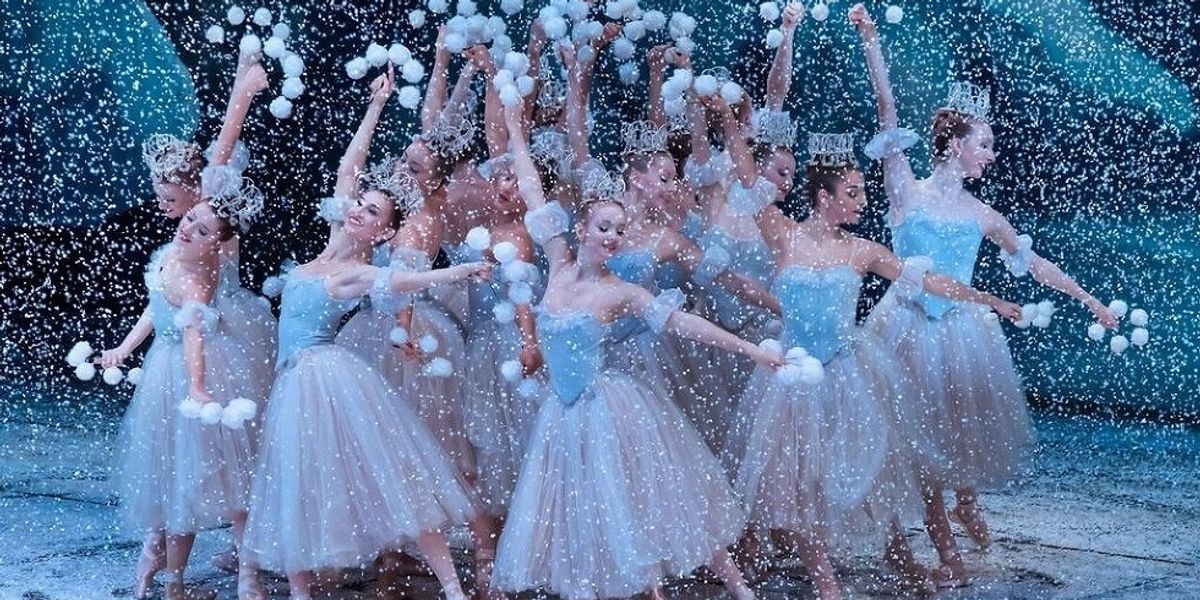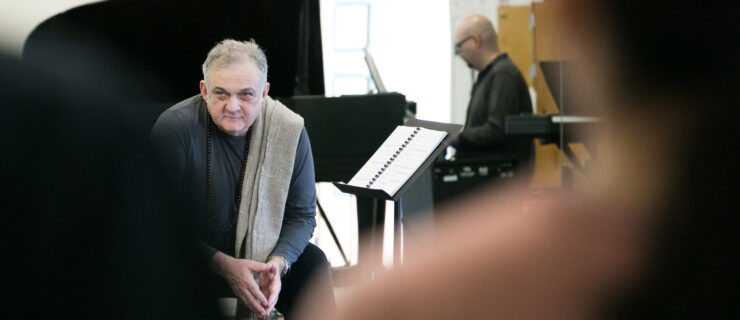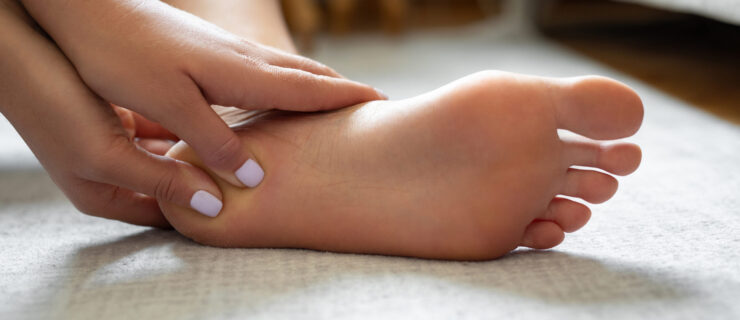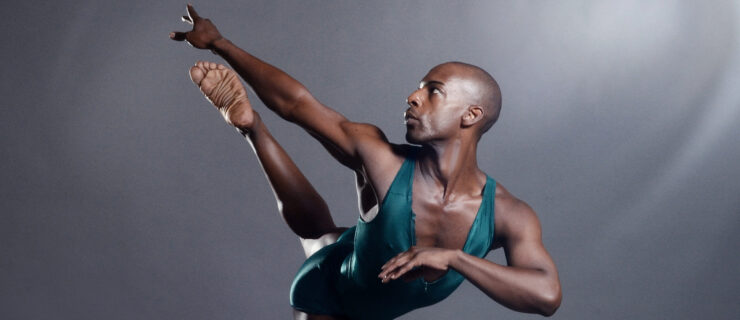How These 6 Pros Get Through "Nut" Without Cracking
With Halloween behind us, it’s officially that time of year. No, we don’t mean the holidays. People who say the holidays are the busiest season don’t know what it’s like to be a ballet dancer. Because nothing beats the craziness of Nutcracker time.
Fortunately, Dance Magazine has gathered all kinds of tips over the years from pros who tackle ballet’s Everest year in and year out. We gathered six to keep in mind as rehearsals begin to seriously ramp up.
Don’t get swept away with the snow.
Develop a routine that keeps your feet firmly planted in the non-Nutcracker world. For instance, New York City Ballet soloist Claire Kretzschmar starts each morning during Nutcracker season with a few core and hip stability exercises, then has breakfast while listening to a podcast and answering emails. “I find it calming to be a little productive and connect with the world,” she says.
It can be all too easy to get completely wrapped up in everything Nutcracker. But carving out a little time for non-dance hobbies and interests can help you maintain a healthy sense of normalcy, and keep you from getting burned out.
Figure out your personal boredom busters.
When you’ve been dancing in the same show every December since you were a 5-year-old in a mouse costume, things can start to feel a bit, well, stale. Find a few ways to stay inspired throughout the endless rehearsals and performances.
“I enjoy Nutcracker because it’s the time that I get to dance the most,” says veteran San Francisco Ballet corps member Kimberly Marie Olivier. “But for the roles that do eventually bore me, I usually make silly faces when I’m off stage or facing away from the audience. In Flowers, right before I run on, I do a funny dance to make the dancer behind me or across from me laugh somehow. During Snow Scene, I make animal noises, only loud enough to make the girl I pass chuckle.”
Sometimes, you just need to take a moment to remember who you’re dancing for. “Like many dancers,” adds Olivier, “I think of that little kid in the audience that is loving every single moment of the performance. And that makes me happy and inspired.”

Erik Tomasson, Courtesy SFB
Drink up to stay healthy.
When you’re exhausted and surrounded by sniffling kids, staying hydrated is your first defense against colds.
“I rely heavily on juices, Emergen-C packets and of course lots of water. Fresh juice with greens, ginger and lemon are my go-to choices,” says Houston Ballet first soloist Allison Miller.
On a related note: If you suffer from allergies, have your meds ready—old sets and props can be covered in dust, particularly when you’re got recycled snow falling on top of you up to two times a day. As writer Nancy Wozny notes, starting an over-the-counter, non-drowsy antihistamine like Claritin before performances can help minimize symptoms.
Give your body what it needs to recover.
Long runs inevitably end up with a series of cast changes, as various dancers fall victim to injury. Protect your body as much as you can by scheduling time for self-care.
“We make ice buckets and warm water buckets for contrast baths in the dressing room,” says longtime Ballet Austin dancer Chelsea Marie Renner. “I also like to take a hot shower, followed by stretching and rolling out after each show.”

Anne Marie Bloodgood, Courtesy Ballet Austin
Keep your distance when you need it.
Know that you’re not crazy if you feel like Nutcracker is taking over your life. Do what you need to do to protect your psyche.
“When I hear Nut music playing in a store two months before Christmas, I walk out,” says Val Caniparoli, who’s choreographed not just one, but four different versions of the ballet.
Don’t forget to enjoy it.
As repetitive as it might become, remember that when you’re up there onstage, you are getting to do exactly what you grew up dreaming of.
“Sure the long run of Nutcracker can be monotonous, strenuous and draining,” wrote former Pacific Northwest Ballet dancer Jessika Anspach McEliece in 2010. “But each show is a gift, not just for others but for me as well. I’m blessed to be on the stage and I love to dance and perform. Nutcracker provides me with ample opportunities to share these loves. But the reality is I won’t be a dancer forever. So I try to enjoy each and every moment I’m out there… How do I survive Nutcracker? I remember the past, I enjoy the now, and I dance in the snow.”





